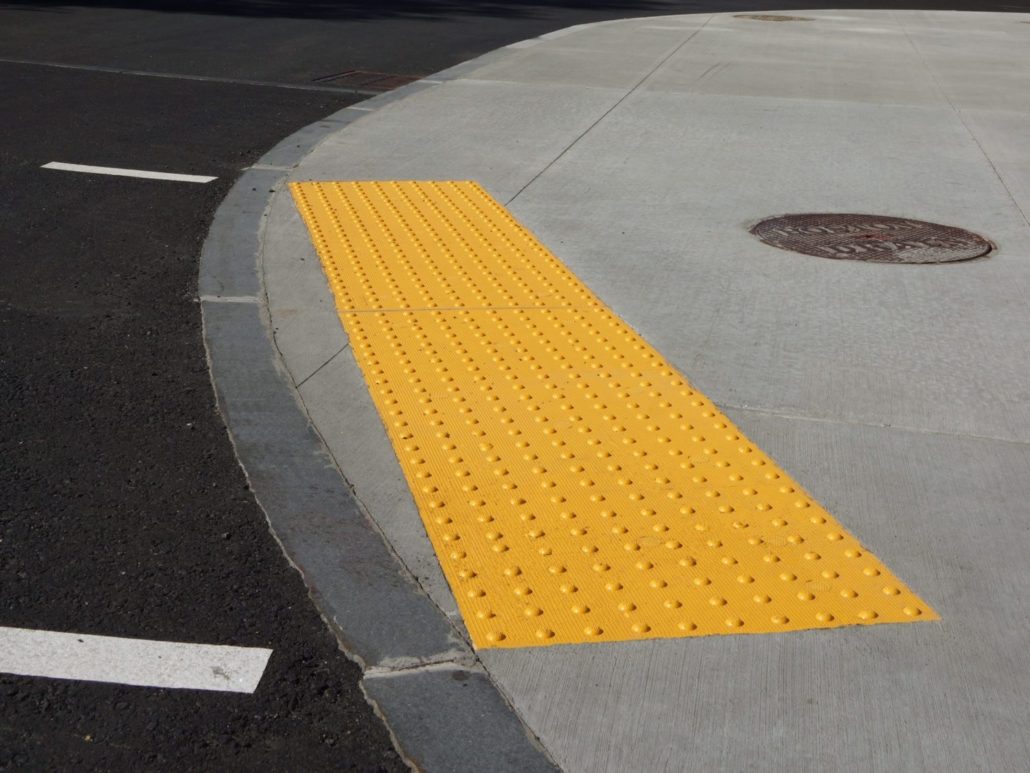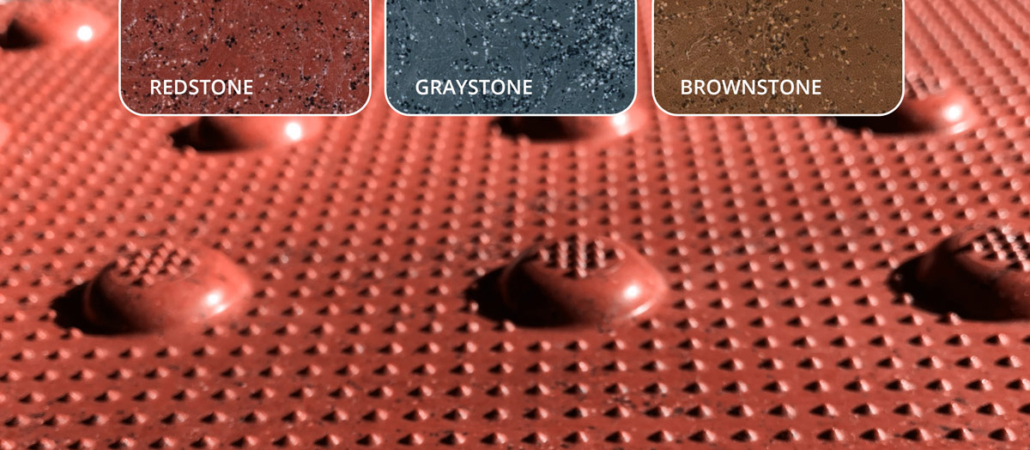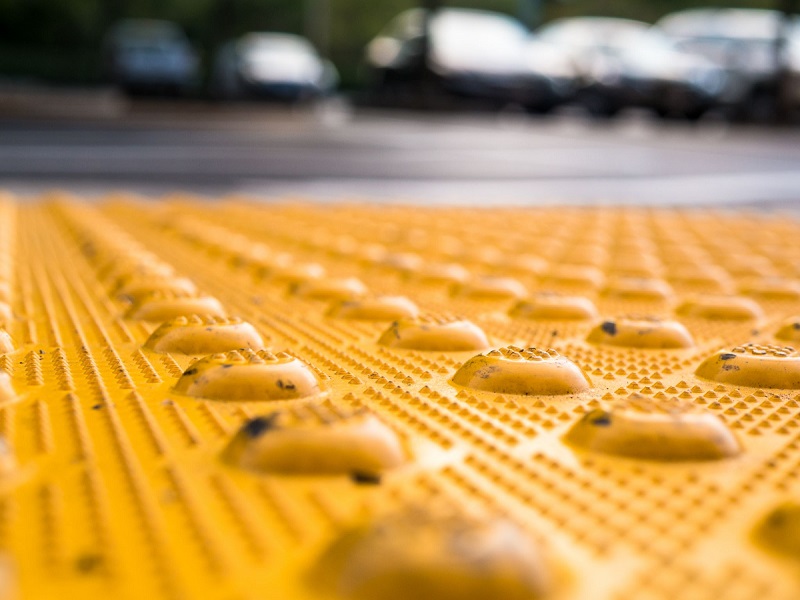The World Health Organization estimates that over two billion people worldwide live with a visual disability.1 Therefore, running a business means making it accessible to all customers, including those with color blindness and who are legally blind or otherwise visually impaired. When you empower these customers to access your business safely, easily, and independently, you can impact the way they experience the world.
Reasons for Accessible Design
Making your business more accessible to those with blindness or visual impairment is a good idea for multiple reasons.
It’s a Legal Requirement
First, business owners are bound by the laws set forth in the Americans with Disabilities Act (ADA) to provide accommodations to those with disabilities. In doing so, your business is communicating both its commitment to upholding this law and its refusal to discriminate against these individuals.
It Supports Independence
Thanks to technology and assistive devices, a vast majority of people with visual impairments are able to enjoy more independence than ever before. Increasing accessibility at your location supports this independence.
It Is All-Inclusive
Visual impairment occurs across an incredibly wide spectrum. Incorporating design that provides accessibility for anyone with any level and type of visual impairment ensures that all, including people with visual impairments, can safely and easily enter, exit, and navigate your business.
It Expands Your Understanding
A sighted person may not realize the way in which those with vision impairment perceive the world around them. In exploring accessible design options, you gain a better understanding about how to use certain elements to optimize the customer experience.
It Is Cost-Effective
When you choose the right accessibility products, you can be assured of reasonable cost without having to shut down during business hours.
Forms of Accessible Design

Accessible design can consist of any or all of the following:
- Sound, which helps direct individuals unable to receive visual cues
- Color, which can call attention to changes in the immediate environment
- Light, which can assist those with low vision to see important areas, like entrances and stairs, more clearly
- Tactile products, which communicate environmental changes or indicate landmarks from the ground
- Temperature, which offers subtle cues to visually impaired customers that they are entering a different environment
- Stability-enhancing features, which allow individuals to maintain physical balance
All of the above forms are available in a wide range of products, which include:
- Motion- or button-activated features, which emit sound that can guide
- Bright-colored paint, which can be applied to step lips and landings, along with a virtually endless amount of surfaces
- Lights, which can be mounted in hallways and vestibules and on stairways to improve visibility
- ADA-compliant handrails, which contain features to increase the safety of use
- Detectable warning panels consisting of domes, which communicate environmental changes
How ADA Solutions Products Can Help

ADA Solutions specializes in the creation of detectable warning systems for businesses wanting to increase or improve accessibility to individuals with visual and physical challenges. Our products include radius systems, graphic tiles, way-finding surfaces, photoluminescent systems, and tactile panels.
Radius tactile systems assist individuals with navigating surfaces that change in contour, such as a curb ramp.
Graphic tiles feature photographic-quality artwork and color to communicate information, as well as raised domes for tactile communication.
Way-finding surfaces are available in both bar and guide tile styles for optimal navigational assistance.
Photoluminescent systems are charged with ambient light to provide bright visual cues to individuals where illumination is inadequate.
Tactile panels feature domes that provide clear and unmistakable cues indicating upcoming surface transitions.
Many of these products are ready for foot traffic as soon as they’ve been installed, with very little downtime.
Why Choose ADA Solutions Products?

ADA Solutions manufactures all of its leading detectable warning systems from premium-quality materials. All of our universal designs are manufactured in our own state-of-the-art facility to ISO 9002 standards.
In addition, all ADA Solutions products meet or exceed all state and federal accessibility standards and offer ease-of-installation as well as construction that offers long-term resistance to the elements.
Products including our graphic warning systems allow you to customize your image or message for maximum reach. Many of our products are also fully and easily replaceable and don’t require extensive concrete disturbance or the cordoning off of a large area to install or replace.
Whether you require a temporary solution or wish to install permanent products to provide visually impaired individuals with assistance for accessing your business, ADA Solutions is a North American leader with products that have been designed by experts in the accessibility industry. Those who install our products are professionally certified in proper installation procedure.
If you’re a business owner looking to enhance accessibility for your visually impaired customers, ADA Solutions can help you to achieve this goal. We invite you to view our product lines and request free samples at our website or call 1-800-372-0519 for more information.
Sources:
- https://www.who.int/news-room/fact-sheets/detail/blindness-and-visual-impairment








